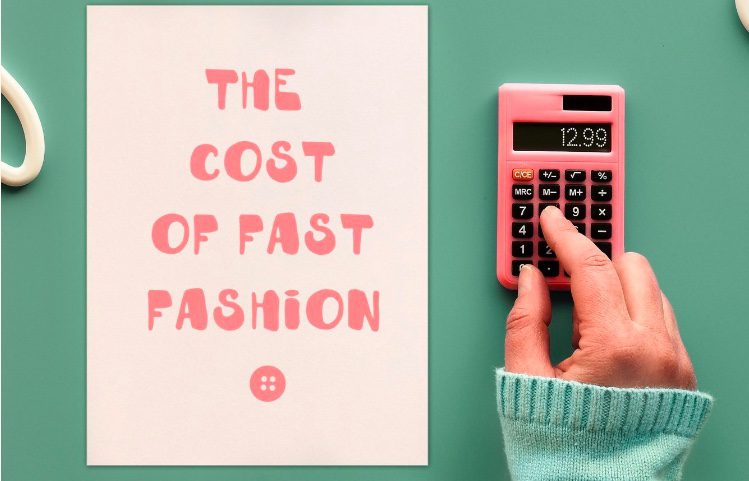
10 Fast Fashion Statistics You Should Know In 2024
Fast Fashion Statistics You Should Know
If there is something fast fashion brands thrive upon, it is a lack of knowledge. This knowledge gap goes from consumers remaining largely ignorant about who makes their clothes, where they are manufactured, or how garments are made.
After all, the fewer consumers know about the unsafe conditions in which their fossil fuels-derived ensembles are made, the more they will profit. Especially given the sheer amount of resources fast fashion brands invest in greenwashing and pinkwashing campaigns to present themselves as environmentally and socially conscious.
What is Fast Fashion?
Fast fashion refers to brands producing high volumes of clothing yearly. Instead of launching new styles twice a year in the traditional spring/summer and winter/fall seasons, fast fashion companies have 52 micro-seasons. This gives consumers ongoing access to new, on-trend clothing at an affordable price.
Since we pay less for our clothes, we value them less. It’s normal to wear something only a handful of times before discarding it. We’re less attached to the clothes we buy because new clothes are cheaper than ever before, and we can buy them online with the click of a button.
As we enter the new year, we can look back to what has emerged about fast fashion over the past year, shedding light on how unethical business practices are still a trademark of this industry, which seems still unwilling to divorce itself from its unsustainable business model kept up on the expenses of textile workers.
